Text

Toothless from HTTYD, made in nomad sculpt
Still trying to learn 3D modeling a bit more!
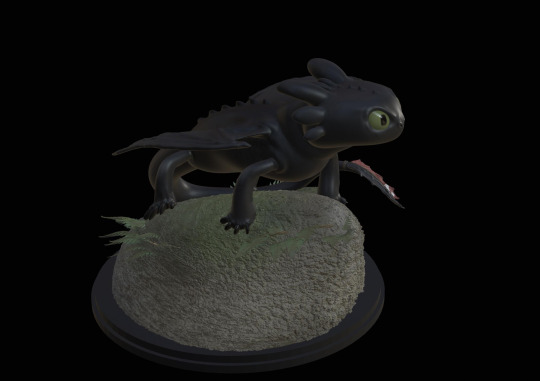
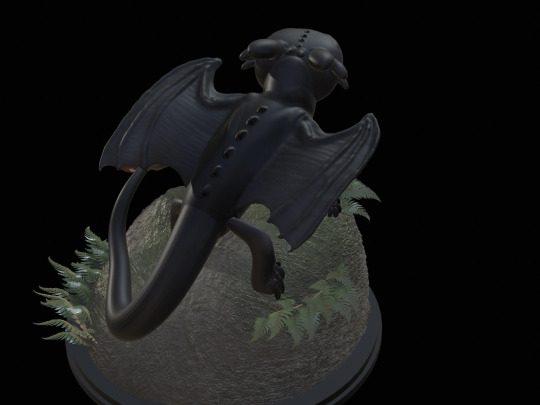

#digital art#art#artists on tumblr#worldbuilding#creature design#creature#httyd franchise#how to train your dragon#httyd art#3d render#3dart
39 notes
·
View notes
Text

Coastal and inland animals, 250 million years after the holocene.

#digital art#speculative biology#speculative zoology#art#artists on tumblr#speculative evolution#worldbuilding#scifi#scifiart#alien biology#creature#creature design
140 notes
·
View notes
Text
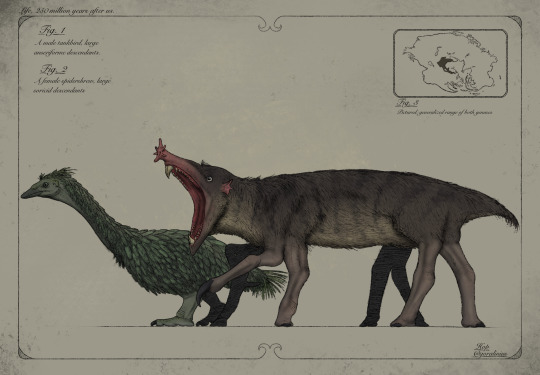
The holocene endotherms, 250 million vears after man has left earth
This is an age very different from ours, one with birds covered in scales like those of pangolins and with small arms, like the very bygone abelisaurs. Mammals
now walk on elongated fingers and extremely atrophied legs, a relic of a day when their ancestors dug through the dirt with swift speed. Lizards fly through the
sky with elongated ribs, catching bizarre fish and insects. Though extraordinary, the age of lizards ended 46 million years ago, with a mass extinction not unlike
that of the great dying.
This is an age like no other.
#digital art#speculative biology#speculative zoology#art#artists on tumblr#speculative evolution#worldbuilding#scifi#scifiart#pangea#pangeaultima#creature design#creature
203 notes
·
View notes
Text
Dragons as highly derived avemetatarsalians!
Suggested by @jennywolfgal
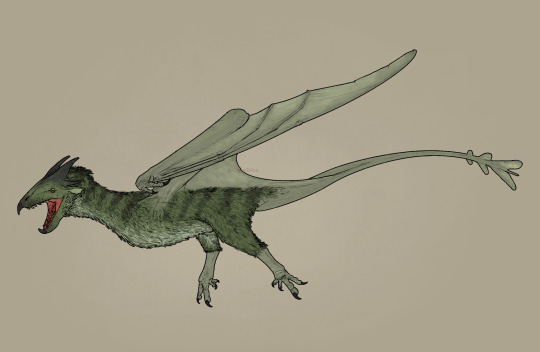
#digital art#speculative biology#speculative zoology#art#artists on tumblr#speculative evolution#worldbuilding#alien#alien art#exobiology#xenobiology#alien biology#scifi#scifiart
100 notes
·
View notes
Text
Sussocaris, a recently discovered genus of thylacocephalan from Sussex, England.
Unlike its relatives, which used two elongated limbs for a raptorial lifestyle, sussocaris would’ve dug in sediment for worms.
Jokes aside this a little spec evo that got popular online, so i wanted to post it elsewhere :)

Made the 15th of February, 2023, and based on this old colored sketch from sometime in 2021!
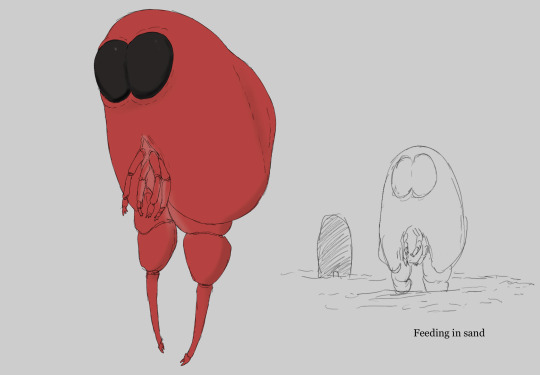
#digital art#speculative biology#speculative zoology#art#artists on tumblr#speculative evolution#worldbuilding#paleomedia#paleoart
184 notes
·
View notes
Text
The kenyan colossus, the second last living hominin, closely related to the extinct paranthropus.

Based on a drawing i made the 15th of February, 2021!
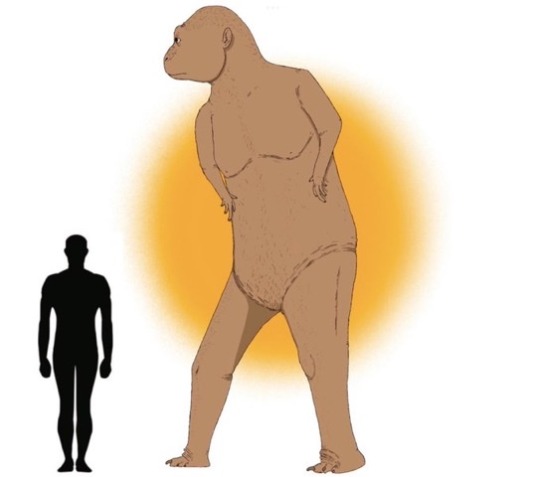
#digital art#speculative biology#speculative zoology#art#artists on tumblr#speculative evolution#worldbuilding#scifi#scifiart
56 notes
·
View notes
Text
Snaiadi stinkfowl, but 3D


—
Since it had been a while since i did anything 3d i wanted to make this! Stinkfowl is an alien animal made by Cmkosemen for his snaiad project.
#digital art#speculative biology#speculative zoology#art#artists on tumblr#speculative evolution#alien#alien art#exobiology#xenobiology#alien biology#worldbuilding#scifi#scifiart#snaiad#cm kosemen#all tomorrows
114 notes
·
View notes
Text

A koolunku, a type of intelligent alien.
Original alien species by @bornulhu
#digital art#speculative biology#speculative zoology#art#artists on tumblr#speculative evolution#alien#alien art#exobiology#xenobiology#alien biology#worldbuilding#scifi#scifiart
133 notes
·
View notes
Text
Science fiction often has aliens, but many of them are… very humanoid, such as in star wars, star trek, E. T. And more, so i wanted to design my own thats my style!

#digital art#speculative biology#speculative zoology#art#artists on tumblr#speculative evolution#alien#alien art#exobiology#xenobiology#alien biology#worldbuilding#scifi#scifiart
149 notes
·
View notes
Text
“Bless the Maker and His water.
Bless the coming and going of Him.
May His passage cleanse the world.
May He keep the world for His people. ”
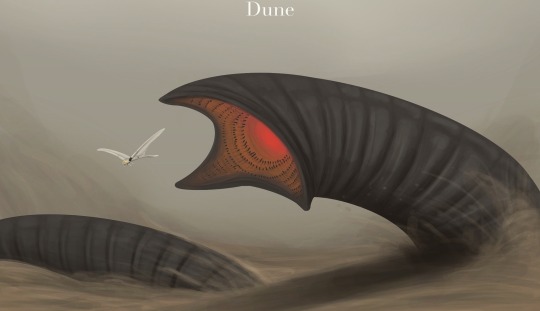
1 hour late night dune artwork!
#digital art#speculative biology#speculative zoology#art#artists on tumblr#speculative evolution#alien#alien art#exobiology#xenobiology#alien biology#worldbuilding#scifiart#scifi#dune#dune fanart#dune art#frank herbert's dune#frank herbert
361 notes
·
View notes
Text
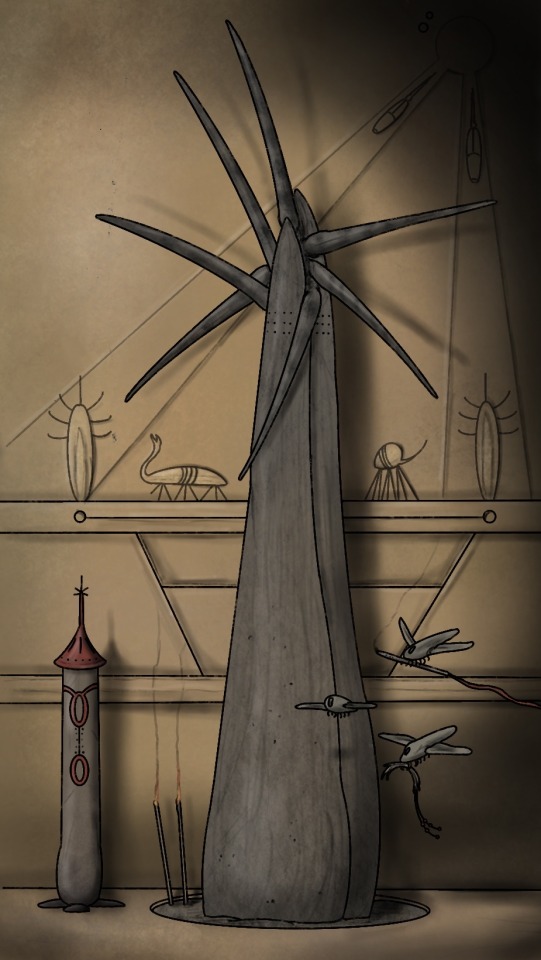
At first appearing rather simple, the sessile phonoids are highly complex. Radio waves are sent through long antenna to tiny flyers to do their bidding. The spires have extensive cultures thanks to them.
#digital art#speculative biology#speculative zoology#art#artists on tumblr#speculative evolution#xenobiology#exobiology#worldbuilding#sophont#alien biology#alien art#alien#alienart
355 notes
·
View notes
Text

A zalic, a type of intelligent alien from the planet feni.
Original design made by @battyboio on instagram
#digital art#speculative biology#speculative zoology#art#artists on tumblr#speculative evolution#alien art#alien#alien biology#xenobiology#exobiology
61 notes
·
View notes
Text
Dolphinoids. Odontocetes renowned for their use of domesticated cephalopods as makeshift hands.
With the help of these mollusks they have been able to build a complex society, with buildings littering the seafloor, glued together by hagfish slime and coral secretions

#digital art#speculative zoology#speculative biology#art#artists on tumblr#speculative evolution#scifiart#scifi#artist on instagram#creature design#creature#digital painting
75 notes
·
View notes
Text
11,000 light years away from earth, another civilization has arisen.
Originally quadropedal, one limb has been repurposed for manipulation.
1. showing their unique anatomy

2. prince Ud-Ud-Ud at a ceremonial hunting ground
Siphonhawks are used in these hunts, mainly as sentinels, but also to kill small animals, like the basal scuttler.
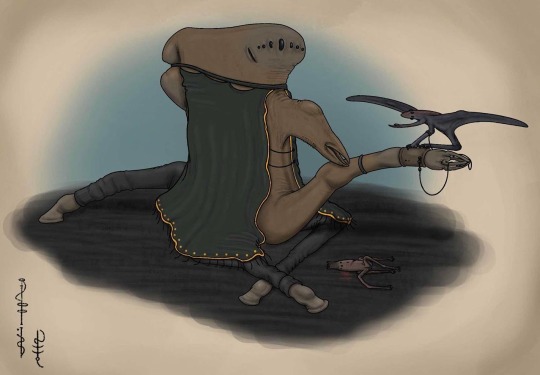
#speculative biology#digital art#speculative zoology#art#artists on tumblr#alien#alien art#worldbuilding#finally starting to use this website#xenobiology#exobiology
690 notes
·
View notes
Text

“I was no longer a master, but an animal among the animals, under the Martian heel ... the fear and empire of man had passed away.”
#speculative biology#art#digital art#artists on tumblr#speculative zoology#martian#war of the worlds
57 notes
·
View notes
Text

Have had this idea for a seeded world in my mind for a bit now. Here is the general info.
History of the making:
Scylios is an ongoing project where on a seeded planet, fishes, grasses, flowers, slugs, snails and many more species are introduced to experiment with how the planet and animals evolve over time, which is why it is sometimes known as “earth 2.0” as no terrestrial organisms exist at the time of seeding the planet. It is thought that some of the bony and cartilaginous fish will evolve to become terrestrial one day. Will this happen? I hope you follow along on the zoological experience on how the creatures of scylios evolve. The species that get introduced on this planet include a variety of arthropods, molluscs, vertebrates, flowering and non flowering plants and much more. The ancient human civilization died out before they could see how the planet completely evolved. Genetically modified organisms such as small plants and decomposers were the first introduced organisms, used to build an atmosphere and a biosphere where later organisms such as invertebrates, vertebrates and new plants could evolve to thrive on a world only for them. The original state of the new world was very hot and humid, with small forests and big deserts, although this will surely change with time and continental drift. The list of the earliest organisms introduced were;
plants
Dandelion (10+ species)
Waterweeds (2+ species)
Seagrass (20+ species)
Moss (100+ species)
Mushrooms (200+ species)
Daisies (15+ species)
Wild carrots (10+ species)
Bamboo (20+, including Phyllostachys nigra and Phyllostachys bambusoides)
Water lilies (20+ species)
Kelp (5+ species)
Phytoplankton (1000+ species)
Vertebrates
Minnows (10+ species)
Blennies (20+ species)
Anchovy (10+ species)
Wrasse (20+ species)
Rabbitfish (10+ species)
Catsharks (10+ species)
Betta (10+, including alloplesiops altivelis)
Arthropods
Ants (20+ species)
Flies (400+ species)
Scorpions (200+ species)
Spiders (50+ species)
Beetles (100+ species)
Crickets (100+ species
Copepods (200+)
Shrimp (100+ species)
Ladybirds (5+ species)
Annelids
Worms (300+ species)
Leeches (10+ species)
Molluscs
Land Snails (300+ species)
Pond snails (300+ species)
Clams (200+ species)
Land slugs (100+ species)
Sea slugs (100+ species)
Cnidarians (10+ species)
You can see about it on my deviantart! Or reddit.
U/qoralinius
qalasaci
35 notes
·
View notes